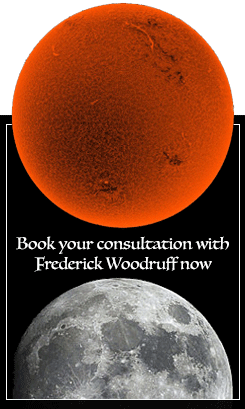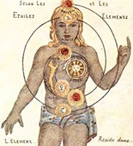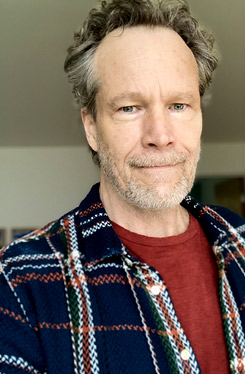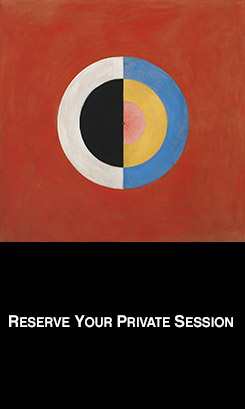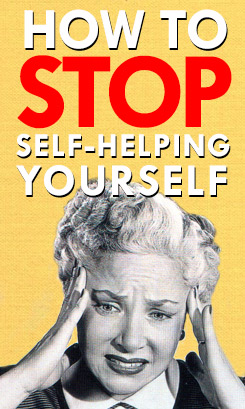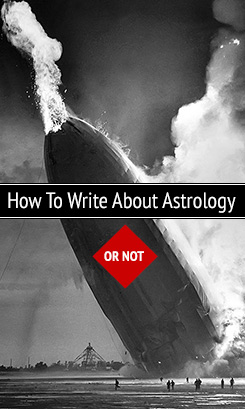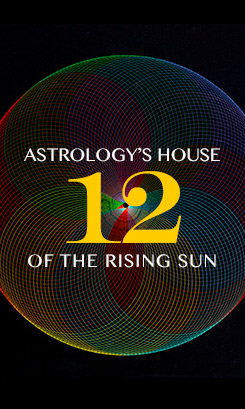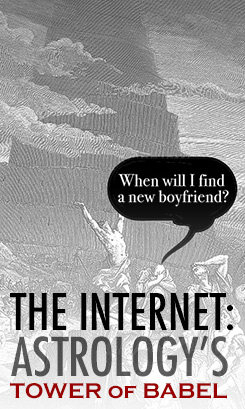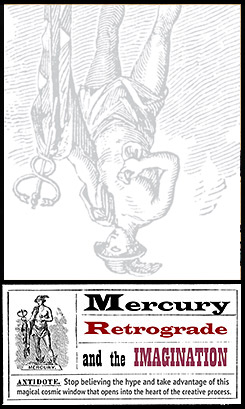The Woof and the Warp of the Now

I’m back on Vashon after visiting the island of Kauai for a ten day Diamond Approach retreat. Having lived in Hawaii for twenty years, I feel slightly immune to the tropical wonders most folks find so beguiling. I do appreciate Hawaii’s beauty, but the rigors, schedule and excitement of ‘retreating’ leans my attention to the material we’re working with — not the beach. And holds it there.
Of the archipelago, Kauai is the oldest, the wettest and the furthest removed, the most northern. In a word its geography is eerie. Approaching the craggy coastline and tremendous, towering sea cliffs, from air, I’m always hit with a distinct sense of the otherworldly, or you could say the other-timely. Landing in Lihue I almost expect to see dinosaurs roaming around the airport’s parking lot, gnawing the tops off of palm trees.
The teaching centered around time, change and the now. This was the first time a retreat coincided with A. H. Almaas‘ (the school’s founder) latest publishing project The Unfolding Now. A book that outlines an understanding very different from Eckhart Tolle‘s teaching in The Power of Now.
Tolle’s view, based more on the shock of revelation rather than an empirical experience of a specific process, as is Almaas’, resurrects erstwhile New Thought concepts regarding the nature of the mind, an incomplete understanding that pits the ego against the desired experience of ‘living in the now’. The equation is simplistic. Ego/mind/emotions not good. Being in the now very good.
I’m not doubting Tolle’s personal experience, I’m just saying it’s extraordinary and not the norm. Given that his awakening was discontinuous — following a condition of near-suicidal hopelessness, I consider it a freak happening, akin to winning the lottery.
Many of Tolle’s insights are inspiring, but not practical. Having experienced a gap in his own process, his teaching contains blind spots that, over time, become problematic for readers attempting to ‘experience the now.’ Tolle subtly turns the reader against the natural functions of her mind. He recommends quelling the emotions and becoming free of pain by interrupting the ego’s preference for pleasure. These are admirable but lopsided aims. They read great, but careful study reveals a thread of rejection weaving its way through his mish-mash of Theosophical, Neo-Buddhist, New Age and New Testament rhetoric.
Tolle’s view unwittingly supports the reader’s superego, creating in fact another construct: a spiritual superego. The superego is a psychic structure that judges, compares and rejects experiences. The Diamond Approach is unique in its understanding of the superego and the necessity for actively defending against its attacks and devaluing admonishments. The superego (the internalized voice of our mother and father) works to keep the ego intact, to continually regenerate the familiar sense of self that supports identity, an identity that is limiting — stuck in the lockstep of time.
The Diamond Approach’s understanding of ego is also unique. Ego, as identity configured into a distinct sense of being a separate self isn’t considered ‘bad.’ Problematic, yes, but also essential. Ego is seen as a natural psychological development of the soul. A development that has stalled, is in abeyance. The Diamond Approach holds the ego as a development on the way to a larger experience of self, a sense of self that includes the ego but is also something much larger and mysterious: the experience of Being, our True Nature. Because the Diamond Approach fosters allowing, understanding and openended inquiry, there isn’t a pitting of one part of the psyche against another. This was a distinction that we also explored during the retreat, how judgment and rejection of any part of the self fosters hatred. Hatred towards oneself and others. Hatred dulls and solidifies the ego.
The ego has a place in our development and is necessary for providing the kind of friction (or light generating heat) necessary to galvanize the soul’s evolution. It’s an alchemical dance. This is the difference between (passive) unconscious and (active) conscious suffering. Active ego work isn’t easy, but then nothing of value comes freely.
Time is where ego lives. The horizontal line where we experience the dynamism of change. Presence is the experience of the timeless, the vertical line which designates the ‘is’. Past, present and future ‘combined’ — is the ‘is’. We worked with this notion throughout the retreat, and explored why resistance to change remains constant. Change denotes disorientation to the ego, and takes the ego out of its habituated response to the dynamism of reality — the seeming flow of the now.
Throughout the retreat I recalled Maurice Nicoll‘s spectacular book Living Time, which I’d read many years ago.
Here’s a provactive section from chapter three:
We exist in a world that we do not understand in the least. Waht is nature? What is time? What is space? What are we?
We take all for granted. We do not face any real issues in our thinking but catch hold of some ready-made opinion. Do we ever get used to the mystery of time, for instance? Is not the problem of time always in the background of our minds although we can never really think about it? Consider the strange experience that a person was but is no more. Consider our childhood and death. Where is all that which has become was, and all that will be? What is this strange now and then, which when perceived together cause the mind to tremble on the verge of new meaning?
